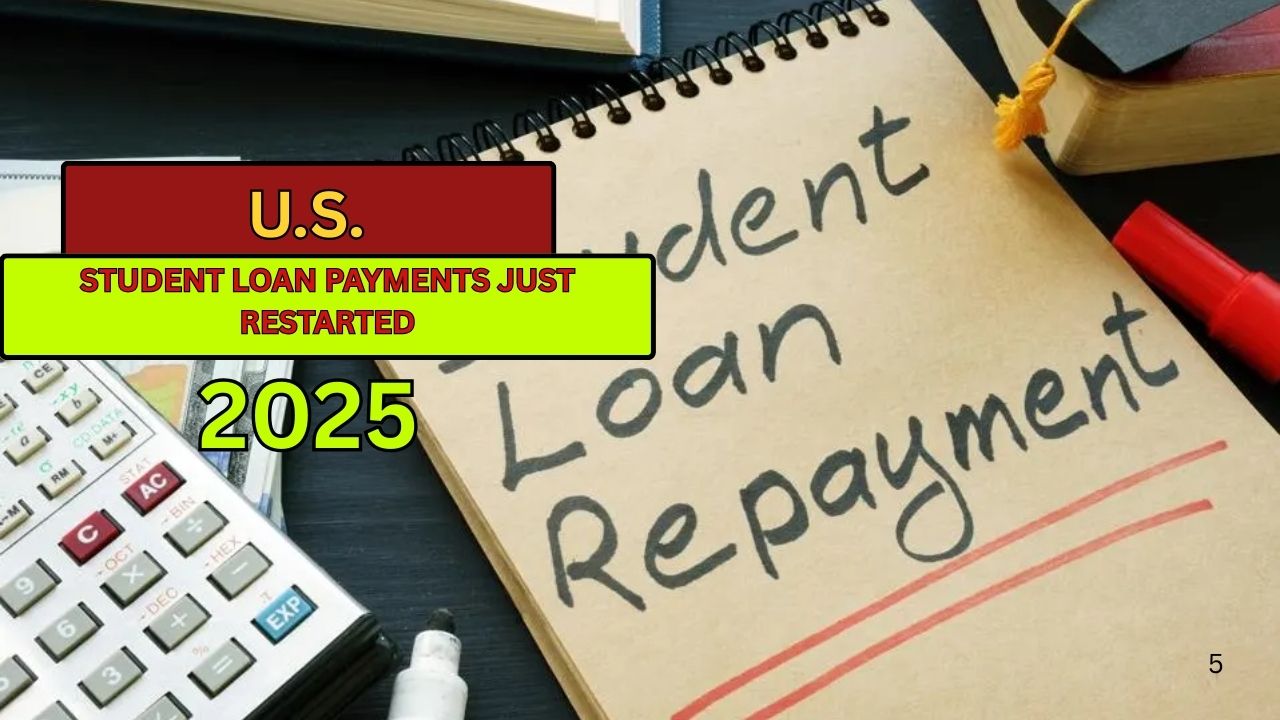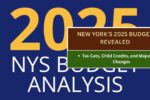The return of student loan payments comes at a time when major reforms to the federal loan system are under discussion. The Republican-backed Student Success and Taxpayer Savings Plan aims to curb student debt and cut down on repayment choices. If implemented, this proposal could change how borrowers handle their loans, making it more important than ever to understand both current policies and what may lie ahead.
Consumer advocates are sounding the alarm, warning that the proposal could limit college accessibility and shrink financial aid programs. They argue that narrowing federal loan options might drive more students toward private loans, which typically offer fewer borrower protections. For anyone planning a repayment strategy, staying aware of these possible shifts is critical.
Changes to Income-Driven Repayment Plans
The new plan proposes trimming down the number of existing Income-Driven Repayment (IDR) plans to just one for future federal student loan borrowers. The Trump administration claims a recent court ruling requires the end of loan forgiveness under all plans except SAVE. As a result, options like Pay As You Earn (PAYE) and Income-Contingent Repayment (ICR) would no longer include loan forgiveness after a set time.
The Income-Based Repayment Plan
The Income-Based Repayment (IBR) plan still offers a path to loan forgiveness. Borrowers currently on PAYE or ICR can switch to IBR, and their past payments will count toward forgiveness—so long as they meet IBR’s eligibility rules. For many, IBR could be key to long-term debt relief.
Experts believe the Saving on a Valuable Education (SAVE) plan may not last under the Trump administration. A federal appeals court has already paused it following a Republican-led legal challenge. Borrowers should closely follow updates on the case, as SAVE’s fate could significantly affect their repayment options.
Public Service Loan Forgiveness Still Available
Although an executive order has tried to limit eligibility, the Public Service Loan Forgiveness (PSLF) program remains in place. Any real changes would need congressional approval and can’t apply retroactively. Borrowers should continue tracking their qualifying payments and employer certifications to stay on course for PSLF benefits.
Other Forgiveness Paths Still Open
Federal programs like Teacher Loan Forgiveness and discharge options for borrowers whose schools closed or misled them are still active. These alternatives can offer meaningful relief, emphasizing the importance of exploring every available option to manage student debt effectively.
This article has been carefully fact-checked by our editorial team to ensure accuracy and eliminate any misleading information. We are committed to maintaining the highest standards of integrity in our content.

Outside of work, he enjoys playing chess, following cricket, and writing short stories. His commitment to integrity and in-depth analysis strengthens OTE News’ mission of providing trustworthy journalism.




